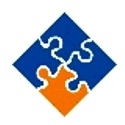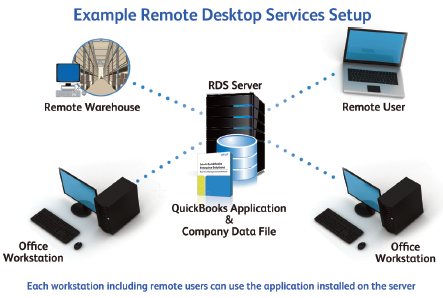No question about it; if you can fit Microsoft Server 2008 with Terminal Services into your budget, QuickBooks Multi User will scale to thirty users and will function with incredible performance. But first, you will need to do some soul searching and answer several important questions before you plan to deploy.
Can you comfortably place your mission critical data in someone else’s data center or do you have to physically possess your own hardware so that you can “touch” your data? This fundamental decision revolves around your personal preference. This might sound strange to some computer people, but much of the argument for remote data boils down to personal preference exercised by those business people that “own” the data. It’s a big reason for continuing sales of LAN based servers and will determine where your instance of QuickBooks will sit.
Will you scale beyond thirty users within the next seven years? If you plan to grow beyond thirty users, now is the time to begin considering products other than QuickBooks. Commit to the fact that you cannot reuse generic users without introducing many interconnected points of failure into your systems. There are reasons beyond legality and profitability, to require a unique user for every person that logs into QuickBooks, or any other multi user line of business software.
Will you be prepared for a technical and methodical installation process and all of it’s configuration nuances? The installation challenge proves not so much in it’s level of difficulty, but it requires much time to knock down the step after step task list and to test functionality.
Will you craft your business processes around functionality in your chosen version of QuickBooks? Change will come in the way you do your business processes. But, it’s not enough to plan for only the new and different installation of QuickBooks Multi User on Microsoft Terminal Server 2008, you must plan for each new change in your business processes.
Are you prepared to lock down the way that you deploy QuickBooks on Terminal Services? This is Windows, so there will be more than one way to do almost everything. However, for the sake of uniformity, minimizing points of failure and support costs, decide to deploy either the server desktop or the application only, then stick with one or the other. Also, decide to deploy using distributed RDP files or a web interface, then stick with one or the other. Do not mix client server with terminal server deployment. Avoid the temptation to install that one client on that special desktop pc. It will come back to hurt you.
Finally, are you ready to deal with printers, including label printers? Work out your printer plan before you deploy. Use either dedicated server printers, or carry local printers to the unique terminal server session. You might also consider remote printer servers for sessions that cross the WAN.



